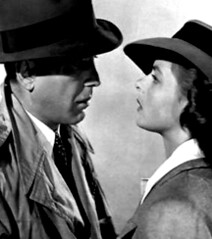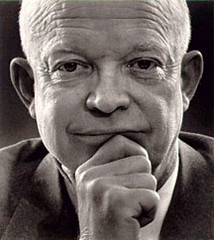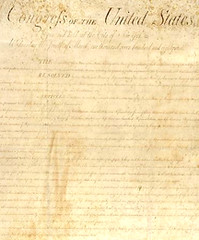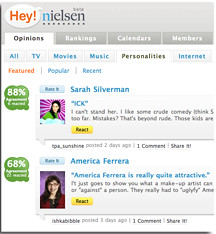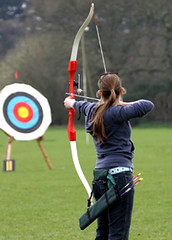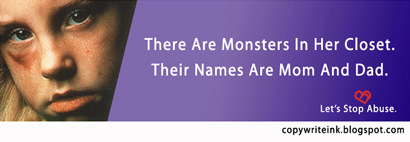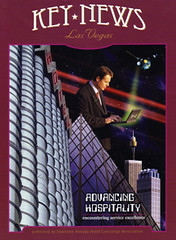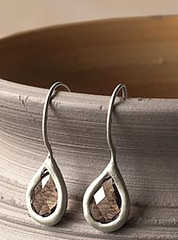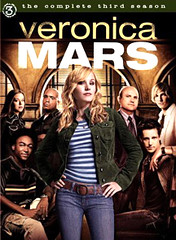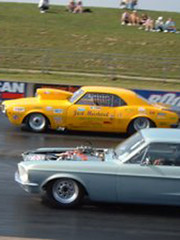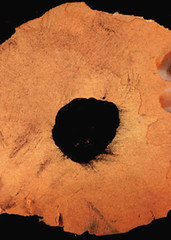There is an unwritten rule for people who “also” work in public relations. When you’re talking to a journalist about your client, it’s bad form to bring up that, you too, have worked as a writer, journalist, or publisher. Many journalists are rightfully turned off by the statement (a topic for another time).
I’m going to bend this rule again for the benefit of bloggers and novice freelancers who might be interested in breaking into traditional print by sharing the story about my first paid assignment some 15 years ago. It happened a little bit by accident, but the insight might serve some as a starting point.
After leaving a full-time position with an advertising agency (they became my first client so it wasn’t that bad), I was pretty nervous in thinking that my debut in Las Vegas could quickly come to an end. So I called the few contacts in Reno and asked for some advice.
The first person I called was Warren Lerude, professor at the Reynolds School of Journalism in Reno and Pulitzer Prize winner (among other things), who offered to find me a spot at a daily if I was wiling to relocate. The reasons are not important now, but I wasn’t ready to leave. (Lerude also said if I ran into trouble to call again; the school invests time in the employment of its grads.)
As this was the case, he suggested the next call to be Bob Alessandrelli, who was my mentor at Sierra Pacific Resources, first as an intern and then a consultant. Alessandrelli gave me the name of a public relations professional who worked at one of the top five advertising and public relations firms in Las Vegas. While the public relations professional didn’t have any work, he did invite me to a press event at the Rio All-Suite Hotel and Casino. It would be good experience, he said, if nothing else.
It was much more than that. While attending the press event, I struck up a conversation with the one attendee at my table who seemed least interested in mingling with the other reporters and journalists. His name was Jim.
He asked all sorts of questions, starting with who I was and why I was there (since he had never met me before and said he knew everybody). Then he asked what I thought about the new slot machines being unveiled. They featured a second monitor that could play sporting events, old movies like CasaBlanca, live keno, and special event promotion (a predecessor to some of the entertainment-infused games we have today).
“I think it might forever change the way we think about gaming,” I said.
“Really,” he said. “That’s an interesting perspective; I wasn’t thinking that at all.”
“Sooner or later, reels are not going to be enough to capture the interest of gamblers,” I offered. “This moves gaming toward entertainment.”
“Do you think you could write about that?” he said.
“Sure,” I said. “Why not?”
“Let me reintroduce myself, I’m James McGlasson, editor and general manager of Showbiz Weekly. We’re the largest entertainment weekly in Las Vegas,” Jim said. “Give me 500-700 words on spec by next week and if I like it, I’ll pay you $75 and run it. What do you think?”
I took the job. It was published. I was paid. And McGlasson gave me my next assignment with Showbiz Weekly, which turned into an out-of-house staff position. It also provided me an opportunity to pitch another story with the Las Vegas Business Press and another with its sister publication.
These articles became the basis for pitching stories to larger publishers like Career Woman and Prentice Hall, which then led to other more stories and publishers calling me from time to time, like the Los Angeles Times and Fodor’s Travel Guide. It also served as my training ground before serving as an editor of three different publications a few years later (all while building this company).
Keep in mind that much of the early work took place when the Internet was still in its infancy. Stories were delivered on paper and then 3.5 diskettes (not e-mail). And for this reason, I suppose, I tend to think that if a blogger or freelancer was so inclined, it might be a bit easier to break in today.
If a blogger was so inclined (and not all of them are; there is much more freedom in writing a blog), they could build a portfolio by adding the occasional journalistic post to their blogs. In turn, those stories and clips, along with a well-crafted pitch letter, could open an opportunity to land assignments with smaller publications, online and off.
It’s more demanding work (maybe): finding story leads, conducting multiple interviews, digging up online and offline research, and tying it all together (and for very little pay). However, if it’s your dream, it’s good to know many old hurdles have been removed. One reason: when publishers assign stories, they often base their decision on samples and not necessarily which publication.
This piece was inspired by a spirited conversation by BlogStraightTalk members.

I’m going to bend this rule again for the benefit of bloggers and novice freelancers who might be interested in breaking into traditional print by sharing the story about my first paid assignment some 15 years ago. It happened a little bit by accident, but the insight might serve some as a starting point.
After leaving a full-time position with an advertising agency (they became my first client so it wasn’t that bad), I was pretty nervous in thinking that my debut in Las Vegas could quickly come to an end. So I called the few contacts in Reno and asked for some advice.
The first person I called was Warren Lerude, professor at the Reynolds School of Journalism in Reno and Pulitzer Prize winner (among other things), who offered to find me a spot at a daily if I was wiling to relocate. The reasons are not important now, but I wasn’t ready to leave. (Lerude also said if I ran into trouble to call again; the school invests time in the employment of its grads.)
As this was the case, he suggested the next call to be Bob Alessandrelli, who was my mentor at Sierra Pacific Resources, first as an intern and then a consultant. Alessandrelli gave me the name of a public relations professional who worked at one of the top five advertising and public relations firms in Las Vegas. While the public relations professional didn’t have any work, he did invite me to a press event at the Rio All-Suite Hotel and Casino. It would be good experience, he said, if nothing else.
It was much more than that. While attending the press event, I struck up a conversation with the one attendee at my table who seemed least interested in mingling with the other reporters and journalists. His name was Jim.
He asked all sorts of questions, starting with who I was and why I was there (since he had never met me before and said he knew everybody). Then he asked what I thought about the new slot machines being unveiled. They featured a second monitor that could play sporting events, old movies like CasaBlanca, live keno, and special event promotion (a predecessor to some of the entertainment-infused games we have today).
“I think it might forever change the way we think about gaming,” I said.
“Really,” he said. “That’s an interesting perspective; I wasn’t thinking that at all.”
“Sooner or later, reels are not going to be enough to capture the interest of gamblers,” I offered. “This moves gaming toward entertainment.”
“Do you think you could write about that?” he said.
“Sure,” I said. “Why not?”
“Let me reintroduce myself, I’m James McGlasson, editor and general manager of Showbiz Weekly. We’re the largest entertainment weekly in Las Vegas,” Jim said. “Give me 500-700 words on spec by next week and if I like it, I’ll pay you $75 and run it. What do you think?”
I took the job. It was published. I was paid. And McGlasson gave me my next assignment with Showbiz Weekly, which turned into an out-of-house staff position. It also provided me an opportunity to pitch another story with the Las Vegas Business Press and another with its sister publication.
These articles became the basis for pitching stories to larger publishers like Career Woman and Prentice Hall, which then led to other more stories and publishers calling me from time to time, like the Los Angeles Times and Fodor’s Travel Guide. It also served as my training ground before serving as an editor of three different publications a few years later (all while building this company).
Keep in mind that much of the early work took place when the Internet was still in its infancy. Stories were delivered on paper and then 3.5 diskettes (not e-mail). And for this reason, I suppose, I tend to think that if a blogger or freelancer was so inclined, it might be a bit easier to break in today.
If a blogger was so inclined (and not all of them are; there is much more freedom in writing a blog), they could build a portfolio by adding the occasional journalistic post to their blogs. In turn, those stories and clips, along with a well-crafted pitch letter, could open an opportunity to land assignments with smaller publications, online and off.
It’s more demanding work (maybe): finding story leads, conducting multiple interviews, digging up online and offline research, and tying it all together (and for very little pay). However, if it’s your dream, it’s good to know many old hurdles have been removed. One reason: when publishers assign stories, they often base their decision on samples and not necessarily which publication.
This piece was inspired by a spirited conversation by BlogStraightTalk members.






